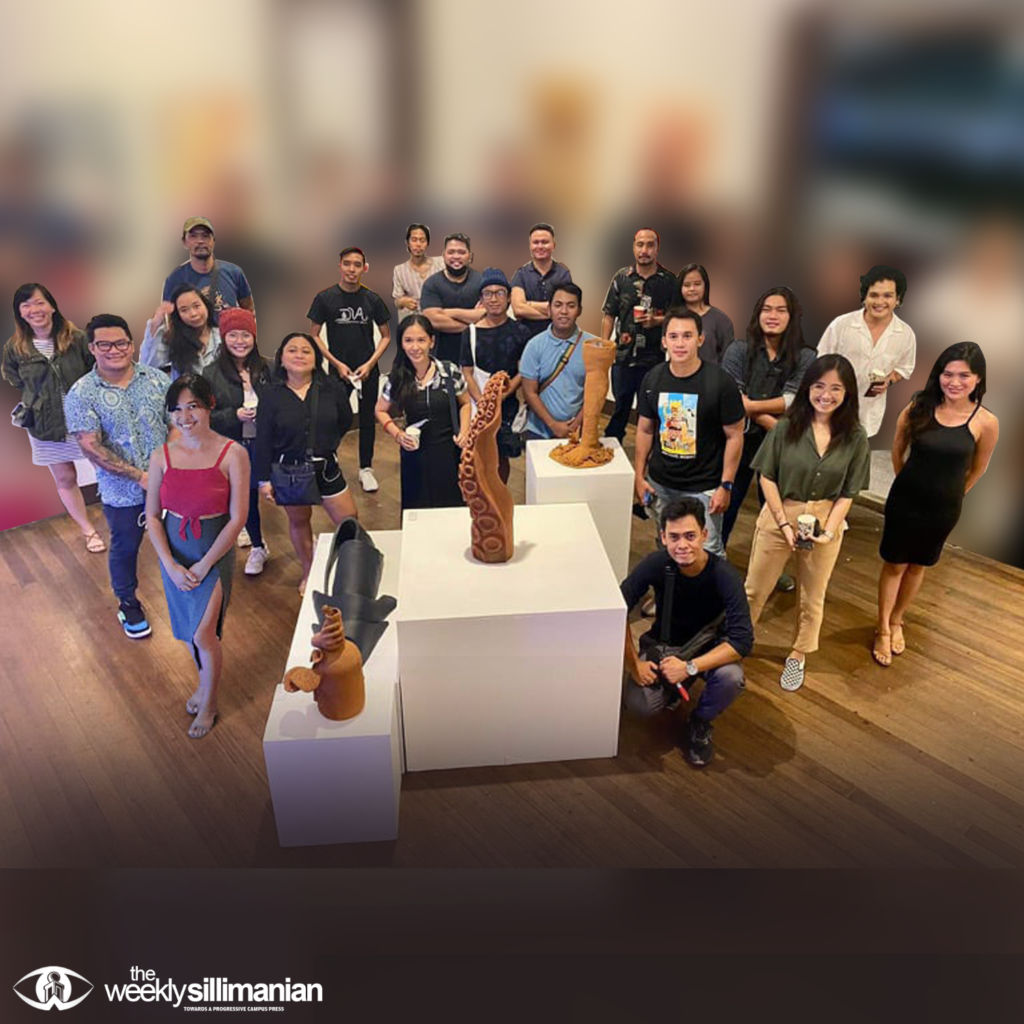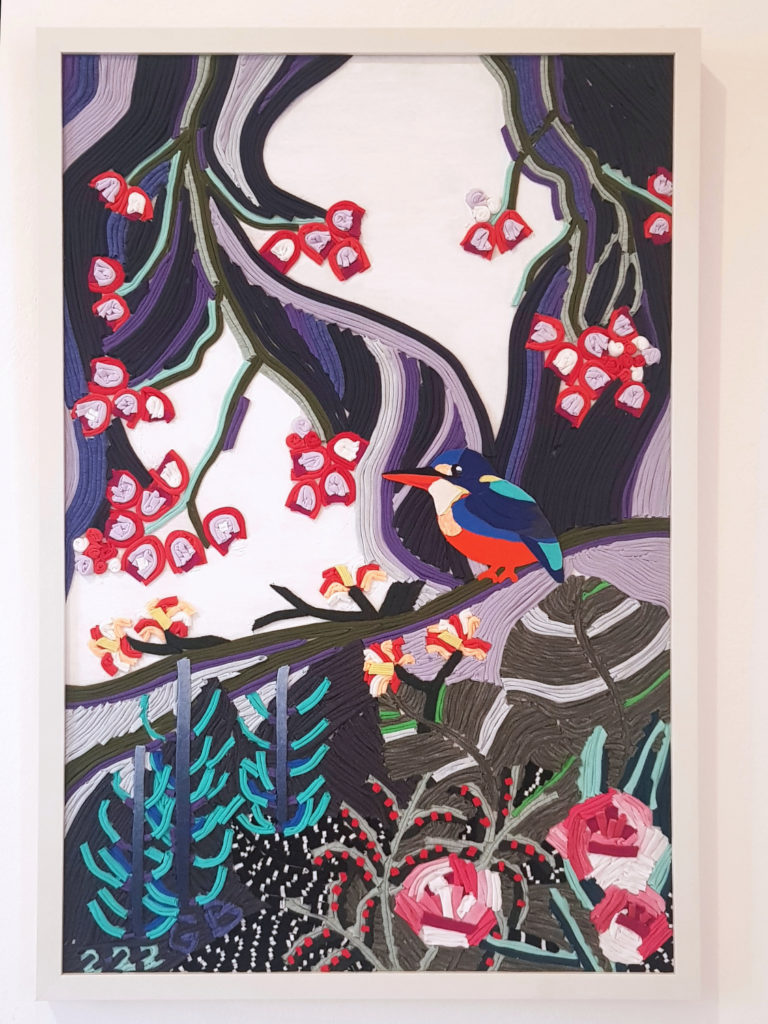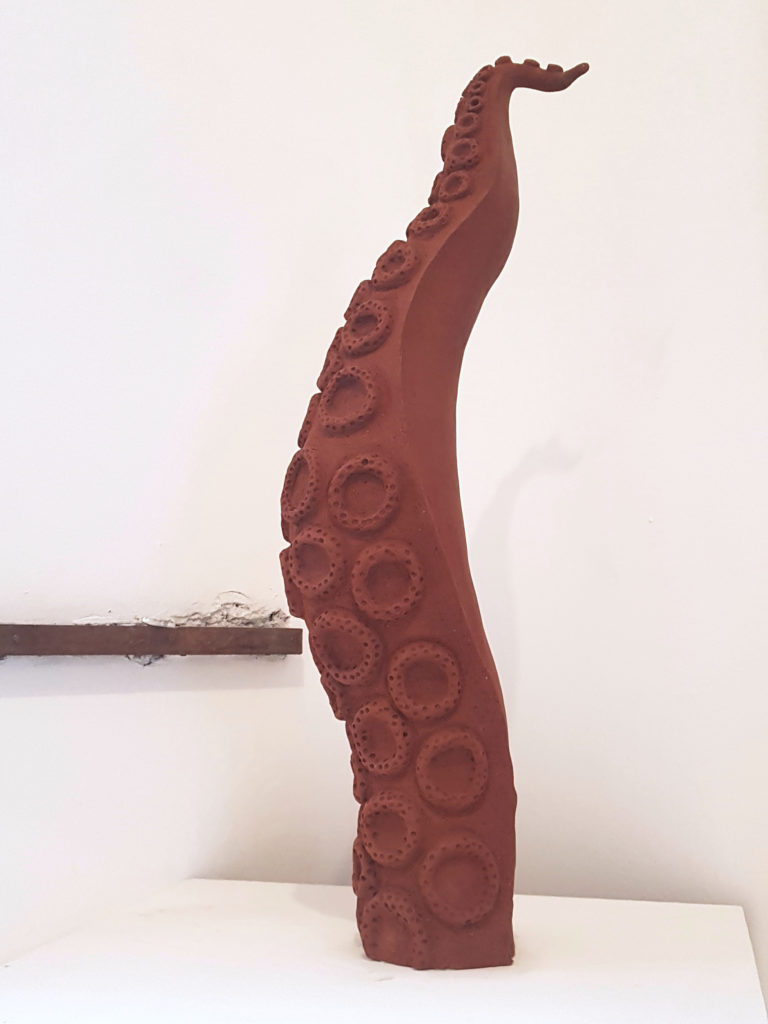by Emmarie May M. Bonganciso | February 28, 2022
Dumaguete is known by several names. To some, it’s the City of Gentle People. To others, it’s the University Town. But for around 130,000 people, it is home — “atoa,” translated to “ours”. Have you ever wondered what makes something ours? Is it the time we spend? The money we invest? Is it just the name by which we call it?
In this last segment of our series on National Arts Month, we make our final stop right at the heart of Dumaguete City to a historical mansion opening its doors for a great initiative, one that is hoped to leave a rippling effect on the regional art scene and genuinely be “atoa”.

You find yourself one February morning at Rizal Boulevard in the middle of a pandemic. Every day, you brave the fear of the virus to meet the sunrise, to chase the sunset, and get a glimpse of hope that beauty still exists beyond the four walls of your isolated dormitory. It almost feels like the daily dose of sanity you need to get through each day. You stop by Starbucks across the street to grab a quick coffee but ponder about the doors beside it. Curious, you let your feet wander inside, and immediately, you start to realize you’ve unlocked a whole new layer of Dumaguete. Right there and then, you knew. You have just discovered a hidden gem.
The idea to organize an art gallery was a sporadic decision after the success of artist Hersley Casero’s first solo show in Dakong Balay titled “Organic Magic”. Amy Jean Lee, manager of Dakong Balay (otherwise known as the Serafin Teves mansion), and Evgeniya Spiridonova, founder of Pinspired Philippines, were among the pioneers in creating an inclusive platform for local art. With their collective effort, the first ATOA group exhibition was born.
“Being an iconic historical landmark in the city, it means a lot for Dakong Balay to host a gallery for the artists of today. It’s a very strategic location for an art gallery,” Amy Jean Lee said. Given the historical significance of the mansion and the relevant concepts behind the artworks, this is where our yesterday meets our future.
The gallery was launched with the initiative to forge unity among Negrosanon artists. Now in its second year, ATOA 2 has sparked a lot of interest within the local art community. Within just one month to prepare, a total of 31 artists were able to submit contributions for the cause. “What makes ATOA 2 unique from the previous one lies truly in the artists — their whole lineup and how experimental they were with their art concepts, medium, and styles. We really felt that they were as excited about this as we were.” Hersley said in an interview.


ATOA 2 features art pieces made from a range of different materials. One particular artwork by Gerabelle Rey called “Circuiting Through” was made from the fabric of over forty “ukay-ukay” shirts strategically stripped and arranged on wood. Others made use of oil paint, acrylics, and watercolor while some played with bamboo, digital technology, and terracotta clay. From the beginning, the pioneers envisioned a gallery capturing not only the life and beauty of Negros but the prevailing social issues as well. ATOA centers on attaining a meaningful shared experience of art, connecting the artist to the people and the people to the piece.
“Most of the artworks are actually reflective of environmental advocacies in our city like the #NoTo174 campaign,” Hersley explained. The three-piece terracotta clay model of octopus tentacles by Hemrod Duran alludes to the controversial land reclamation project that many strongly condemned last year.
Dumaguete, being home to two fine arts schools from two powerhouse universities, has a lot of untapped potential in generating a continued presence of artistic platforms. But ironically, this same fact makes it a challenge for any art scene to permanently take form. Like the changing tides, groups initiated by students themselves often form and disband just a few years after graduation. The lack of support from the government and the local community has also caused much strain in progress as well. Such reality makes moving to another city a common fate for artists who want their art to take root and thrive.
“We wanted to be inclusive right from the start,” Hersley replied when asked about the idea of opening the ATOA exhibitions to more artists in the future. “We’re happy with the response we got from so many artists. But we want to curate this show carefully and make sure that we not only make a cohesive gallery but we can also see the passion and commitment from these artists.” He added. The organizers dream for the last two ATOA exhibitions to light the torch towards the emergence of more galleries and art shows in the city. “Actually, we see a lot of potential in the Burgos Promenade. It seems like a great venue to hold an outdoor art show or feature chalk street art. Hopefully, we could get the go signal from the city.”
If we start by breaking the glass wall between the local community and the art industry, we may well be on our way to growing a youthful art community in Dumaguete. Art is a shared experience that transcends the common borders we usually draw the lines on like race, status or time. And just like Dumaguete, art is known by many names. To some, it’s a meaningful hobby and passion. To others, it’s their lifeline and escape. But if there’s one thing that the 130,000 people of Dumaguete should know, it’s that art is atoa. Art is ours.


